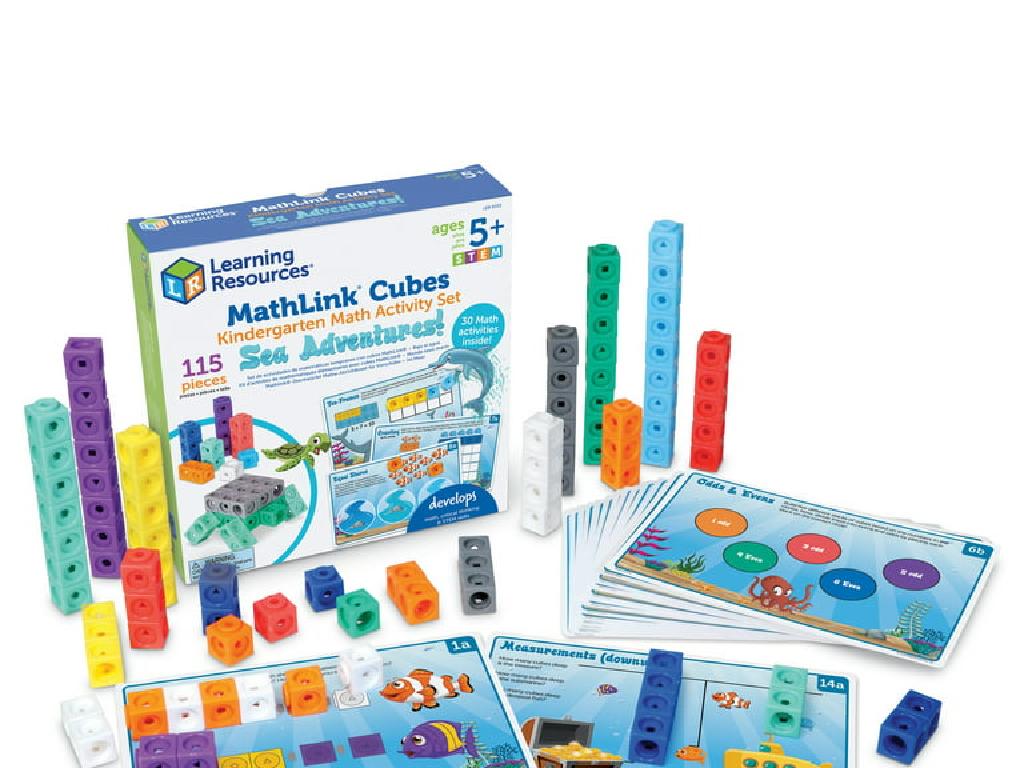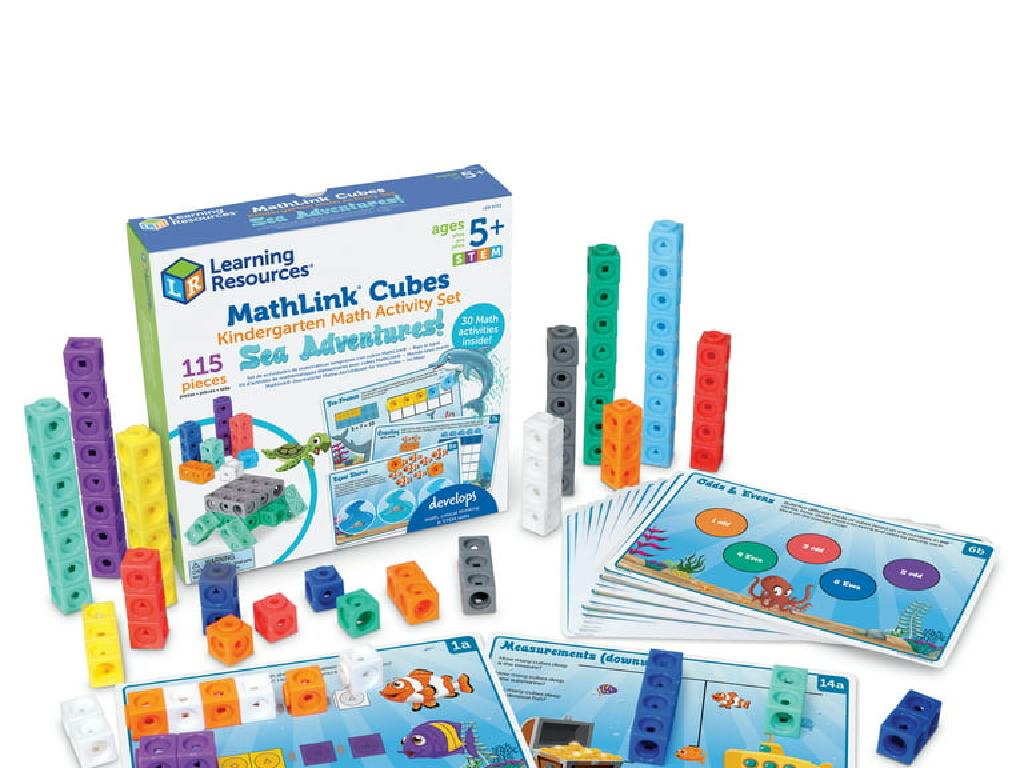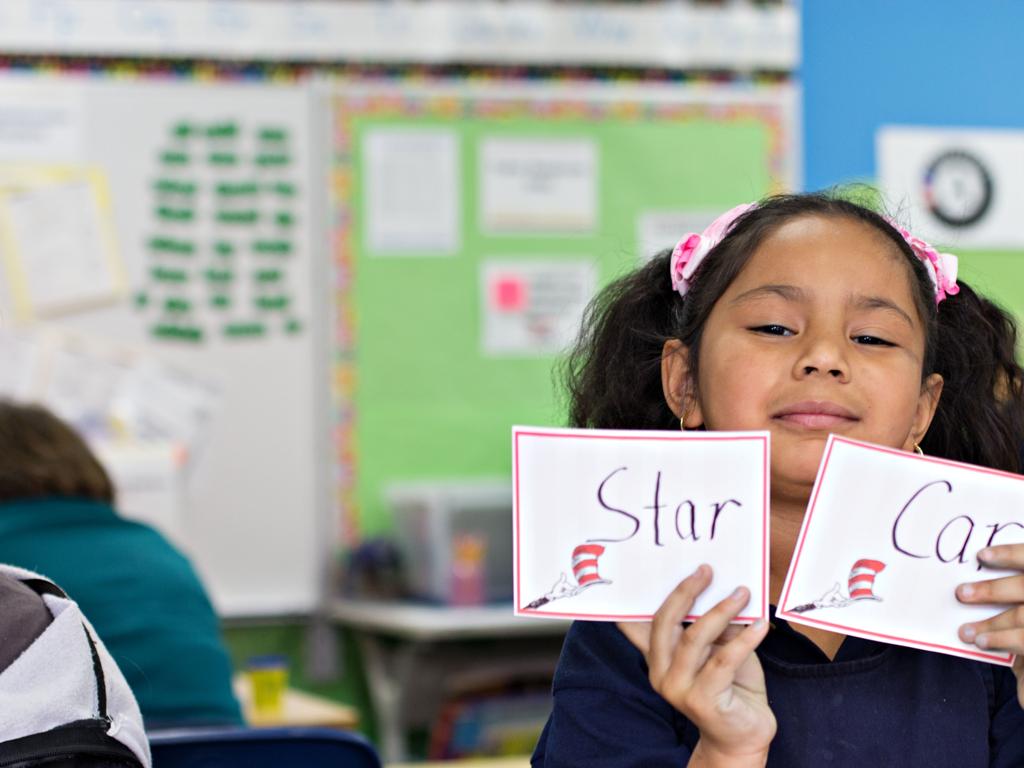Use Semicolons And Commas To Separate Clauses
Subject: Language arts
Grade: Eighth grade
Topic: Semicolons, Colons, And Commas
Please LOG IN to download the presentation. Access is available to registered users only.
View More Content
Mastering Punctuation: Semicolons, Colons, and Commas
– The power of punctuation in writing
– Punctuation guides readers through our sentences.
– Today’s focus: Semicolons, Colons, and Commas
– Semicolons join related clauses; colons introduce lists; commas separate items.
– The role of punctuation in clarity
– Clear punctuation prevents misunderstandings.
– Why proper punctuation matters
|
This slide introduces the importance of punctuation in written communication, focusing on semicolons, colons, and commas. Emphasize how punctuation acts as road signs for readers, guiding them through the structure and flow of our writing. Explain that semicolons are used to connect closely related ideas, colons can introduce a list or explanation, and commas are used to separate items in a list or clauses in a sentence. Highlight that using these punctuation marks correctly is crucial for preventing confusion and ensuring that the reader understands the intended meaning of the sentences. Provide examples of each punctuation mark in use, and explain how misusing them can change the meaning of a sentence. Encourage students to think of punctuation as a tool that enhances their ability to communicate effectively.
Mastering Commas: Enhancing Clarity in Writing
– Understanding comma basics
– Commas create a pause in sentences
– Like taking a breath when speaking; e.g., ‘First, we will review; then, we’ll practice.’
– They separate list items
– For series: ‘I bought apples, oranges, and bananas.’
– Enclose extra information
– Non-essential info: ‘My brother, a skilled guitarist, plays in a band.’
|
This slide focuses on the role of commas in written English. Start by explaining the basic function of commas, which is to organize and clarify the structure of sentences. Emphasize that commas act like a pause in spoken language, providing readers with a cue to the rhythm of the sentence. Highlight their use in separating items in a list, ensuring that each element is distinct. Lastly, discuss how commas can enclose additional, non-essential information, which can be removed without changing the sentence’s main meaning. Provide examples for each case and encourage students to practice using commas in different contexts to enhance their writing skills.
Commas in Complex Sentences
– Use commas with dependent clauses
– A dependent clause can’t stand alone and needs a comma when it starts a sentence.
– Example: While I was reading, the cat napped.
– ‘While I was reading’ is the dependent clause setting the scene for the main action.
– Independent vs. dependent clause
– Practice identifying clauses
– Find clauses in sentences and determine if they are independent or dependent.
|
This slide introduces the use of commas in complex sentences, specifically when a dependent clause precedes an independent clause. Emphasize that dependent clauses cannot form a complete sentence on their own and require an independent clause to provide a complete thought. The example provided illustrates how the comma separates the introductory dependent clause from the main action. Encourage students to practice by identifying clauses in sentences from their reading material and determining whether they are independent or dependent, ensuring they understand the concept of complex sentences and the role of commas in them.
Mastering the Semicolon
– Semicolons: stronger than commas
– Acts as a middle ground between a comma and a period
– Link related ideas with semicolons
– Connect clauses that are closely related but could stand alone
– Example of using a semicolon
– ‘It’s windy outside; I must wear a jacket.’ shows related thoughts
|
This slide introduces the semicolon and its role in writing. Emphasize that a semicolon is used to connect independent clauses that are closely related but could stand alone as separate sentences. It’s stronger than a comma, which is used for lists or to separate elements within a sentence, and less final than a period, which separates distinct sentences. Provide the example ‘It’s windy outside; I must wear a jacket.’ to illustrate how semicolons can link ideas that are closely related in context. Encourage students to think of their own examples and understand that semicolons can help vary sentence structure and clarify relationships between ideas.
Semicolons with Conjunctive Adverbs
– Use semicolons before conjunctive adverbs
– Example: Walking plans and rain
– ‘I wanted to go for a walk; however, it started to rain.’
– Conjunctive adverbs link clauses
– Words like ‘however’ connect independent clauses
– Practice: Create your own examples
– Use semicolons in sentences with ‘nevertheless’, ‘therefore’, etc.
|
This slide introduces the use of semicolons with conjunctive adverbs, which are words that help to connect two independent clauses. It’s important for students to recognize that a semicolon is used before the conjunctive adverb and a comma is used after it. The example provided illustrates how the semicolon before ‘however’ effectively joins two related but separate ideas. Encourage students to think of their own examples using different conjunctive adverbs such as ‘therefore’, ‘moreover’, or ‘consequently’. This practice will help them understand the structure and use it correctly in their writing.
Mastering Colons: Introduction and Usage
– Colons introduce lists
– Use a colon to present items: e.g., ingredients, steps, features.
– Colons lead into quotes
– A colon can signal the start of a direct quote in writing.
– Colons precede explanations
– Offer a clarification or definition after a colon.
– Example of colon usage
– ‘To bake a cake: gather flour, sugar, and eggs.’
|
This slide focuses on the use of colons in writing. Emphasize that colons are used to introduce elements that expand on the information provided before the colon. These elements can be lists, direct quotes, or further explanations. Provide students with the example sentence to illustrate how a colon can introduce a list. Encourage students to think of colons as a way to say ‘here’s what I mean’ or ‘pay attention to what comes next.’ Instruct them to use colons only after complete sentences. Practice by writing sentences that lead to lists, quotes, or explanations and using colons appropriately.
Mastering Clauses with Punctuation
– When to use commas vs. semicolons
– Use commas to connect clauses with conjunctions; semicolons for closely related ideas without conjunctions.
– Colon usage in sentences
– Colons introduce lists, quotes, or expand on the previous clause.
– Examples for each punctuation
– Commas: ‘We went to the beach, and we swam all day.’ Semicolons: ‘It was cold outside; we stayed indoors.’ Colons: ‘She had one wish: to see the world.’
– Practice with punctuating sentences
– ‘The cat slept through the storm[,] the dog cowered under the bed.’ Insert the correct punctuation.
|
This slide aims to clarify the use of commas, semicolons, and colons in combining clauses. Emphasize the role of commas in joining clauses with conjunctions, while semicolons link related independent clauses without conjunctions. Highlight that colons can introduce additional information or lists. Provide clear examples for each punctuation mark to illustrate their correct usage. The practice sentences should encourage students to apply their knowledge by punctuating sentences correctly. During the next class, review their answers, discuss common mistakes, and reinforce the rules for using these punctuation marks effectively.
Class Activity: Punctuation Practice
– Apply punctuation rules
– Pair up for paragraph corrections
– Find and fix semicolon and comma errors
– Share and discuss corrections
– Explain your reasoning to the class
– Understand usage through practice
– Reinforce learning by correcting real examples
|
This activity is designed to reinforce the students’ understanding of using semicolons and commas to separate clauses. Students will work in pairs to encourage collaboration and peer learning. Provide them with sample paragraphs that contain common punctuation mistakes. After they have made their corrections, each pair will share their results with the class, explaining the reasoning behind their corrections. This will facilitate a class discussion on punctuation rules. As a teacher, be prepared to guide the discussion and clarify any misconceptions. Possible variations of the activity could include correcting a story, editing a letter, or punctuating a series of complex sentences.
Punctuation Mastery: Conclusion & Homework
– Recap: Semicolons, colons, commas
– Review how each punctuation mark connects or separates ideas
– Punctuation’s role in clear writing
– Proper punctuation guides readers through your writing
– Homework: Craft a punctuated paragraph
– Write a paragraph; use semicolons, colons, and commas. Show variety.
– Share and discuss in next class
– Be prepared to present your paragraph; we’ll discuss the punctuation used.
|
This slide wraps up our lesson on semicolons, colons, and commas by summarizing their uses and emphasizing the importance of punctuation in writing. For homework, students are tasked with writing a paragraph that correctly uses all three punctuation marks, demonstrating their understanding. This exercise will help reinforce the rules and applications covered in class. In the next session, students will have the opportunity to share their work, allowing for peer learning and further discussion on the nuances of punctuation. Encourage creativity and remind them that the goal is clarity and precision in their writing.





